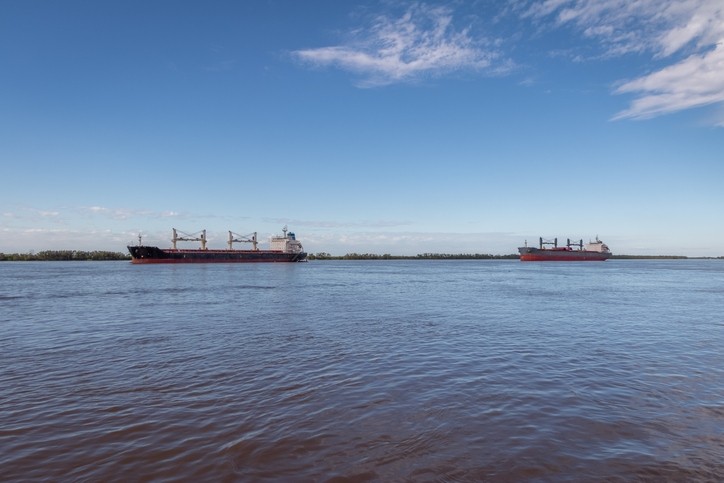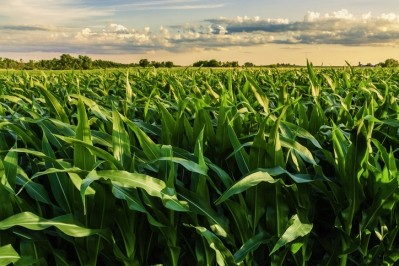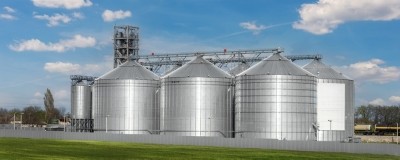Challenges persist but it is not all bad news for Argentina’s soybean crushing industry

Soybean oil production is anticipated to jump 5.7% on the year to 8.35 million metric tons (mt), while soybean meal output is projected at 32.75m mt, a rise of 4.6% year on year, said the analysts, citing WASDE data from December.
"I don't think soybean complex exports were lower than expected in 2020-21 and I anticipate the increases seen over the past few years to continue in 2021-22," commented Pete Meyer, head of grain and oilseed analytics, S&P Global Platts.
Taxes, recession
Crushers in Argentina, which is the largest soybean meal exporter globally, continue to face distinct challenges, however, linked to the economy, taxation and weather. Those issues are reducing crushing capacity utilization.
“Argentina continues to struggle with prolonged recession and a very fragile dual currency system, which have significant implications on cash-strapped country's soybean crushing sector.
“High rate of taxes on the crushing sector weighs on the margins of local crushers, who also must deal with irregular supplies of raw soybeans and high logistical costs every year due to drought-led shallowing of the Paraná River,” according to the outlook.
The country has placed a 33% export tax on soybeans, 31% each on soybean meal and soybean oil, while it has only levied a 12% export tax each on corn and wheat.
Logistical challenges
Last year saw logistical costs for Argentine exporters and traders jump by 300% year on year due to historically low water levels of the Paraná River, according to the Rosario Grain Exchange (BCR).
The water levels of that critical waterway for the transport of corn and soy products and the second-longest river in South America after the Amazon, were at their lowest levels since 1944, and, as such, the transport of goods was hindered: ships were not able to load up fully in case they run aground.
BCR estimated a loss of US$315m in export revenue to the country's agribusiness sector for the period between March and August 2021 due to the low water levels of the Paraná.
The state of the key South American transport route is forcing exporters to consider using land alternatives, and forecasters say the drought could last until 2022.









